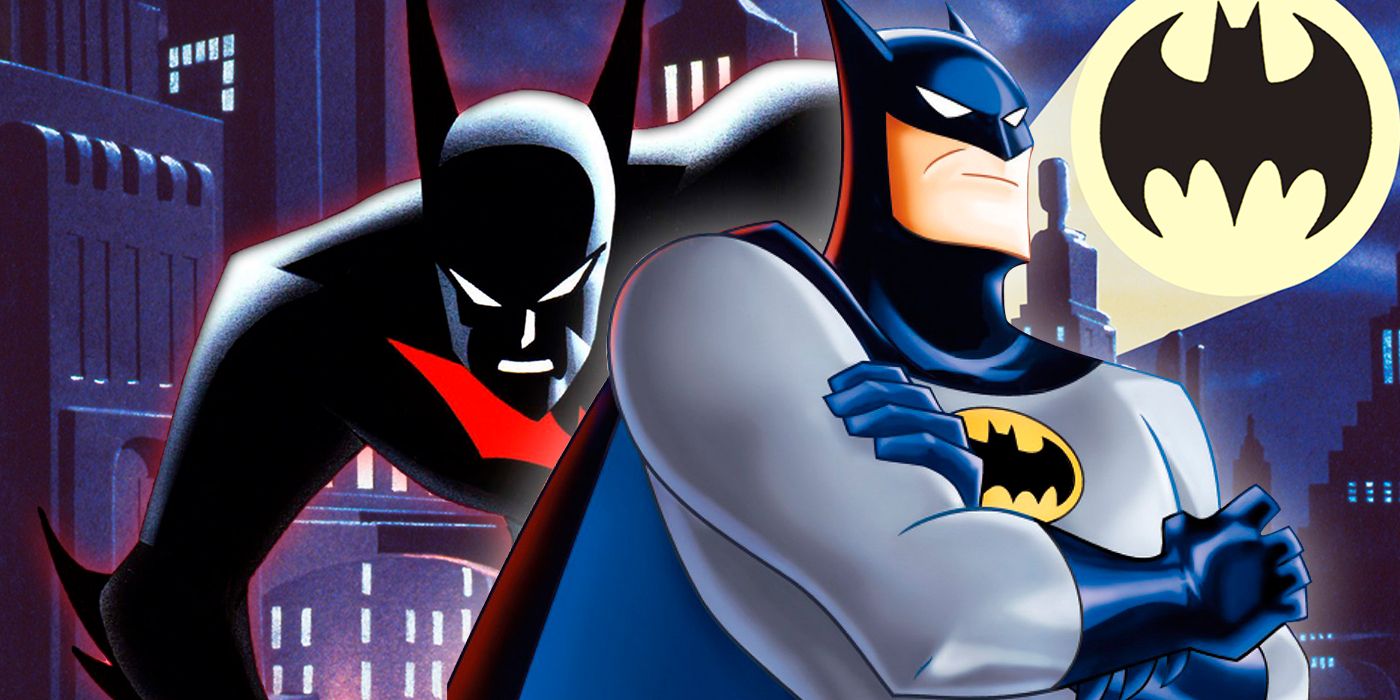
No comic book superhero has had as rich of an animated history as Batman, who rode the success of the 1966 live-action TV show into an almost-ongoing series of cartoons. That includes solo adventures, team-ups, like Super Friends, and spinoffs, like Harley Quinn -- spanning nearly 50 years. With the announcement of a new Batman animated series from an all-star group of showrunners, the trend looks to continue into the future.
There have been nine animated series to date centered around Batman -- not including team series or cameos. Together, they chart the character’s development and presentation, from straight-arrow children’s hero to a complex and surprisingly adult figure. The ultimate placement of Batman: Caped Crusader has yet to be seen. For now, a rough ranking of the current Batman animated series follows, in order from worst to best.

Batman: Unlimited was a series of shorts and direct-to-video movies designed around an action figure line of the same name released in 2015. It felt like exactly that: a promotional tie-in for toys. Episodes featured a future Gotham City in the style of Blade Runner, providing justification for mecha soldiers, dinosaurs and robot animals that could be sold with Batman’s name on the packaging. The combination of components fails to stand out, and the ultimately mercenary nature of the series left it quite forgettable; an echo of the far superior Batman Beyond with none of that earlier series’ creativity.
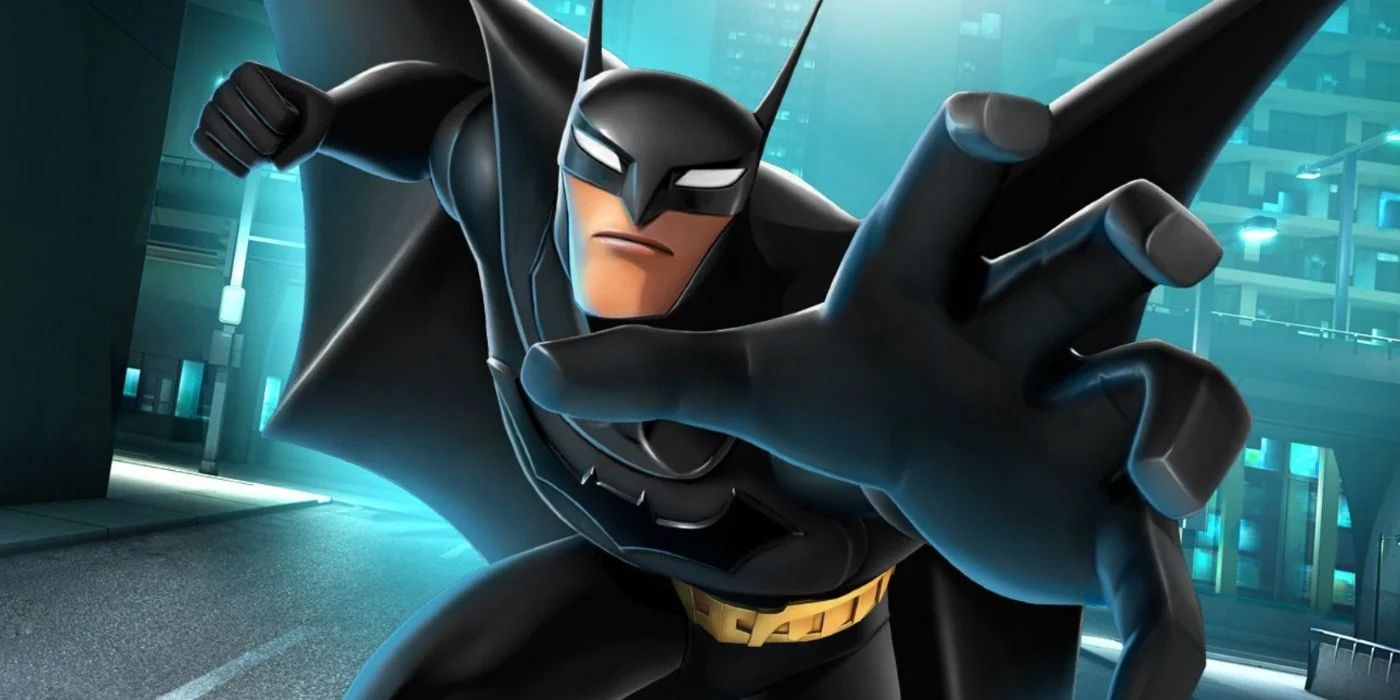
Rumors have swirled around this CGI series since it premiered in 2013, originally filling the spot left by Batman: The Brave and the Bold. It was cancelled a short three months after its premiere, with Cartoon Network citing financial failure. It detailed the early adventures of Bruce Wayne under the cowl, but like Batman Unlimited, it failed to leave a lasting impression. It arrived in the wake of Marvel’s The Avengers, and an edict from Warner Bros. to go “dark and edgy” in response to its rival’s more jovial tone; the same edict informed Man of Steel and Zack Snyder’s subsequent big-screen efforts. Beware the Batman was a victim of that thinking; succeeding the infinitely more imaginative Brave and the Bold simply by being more pessimistic.
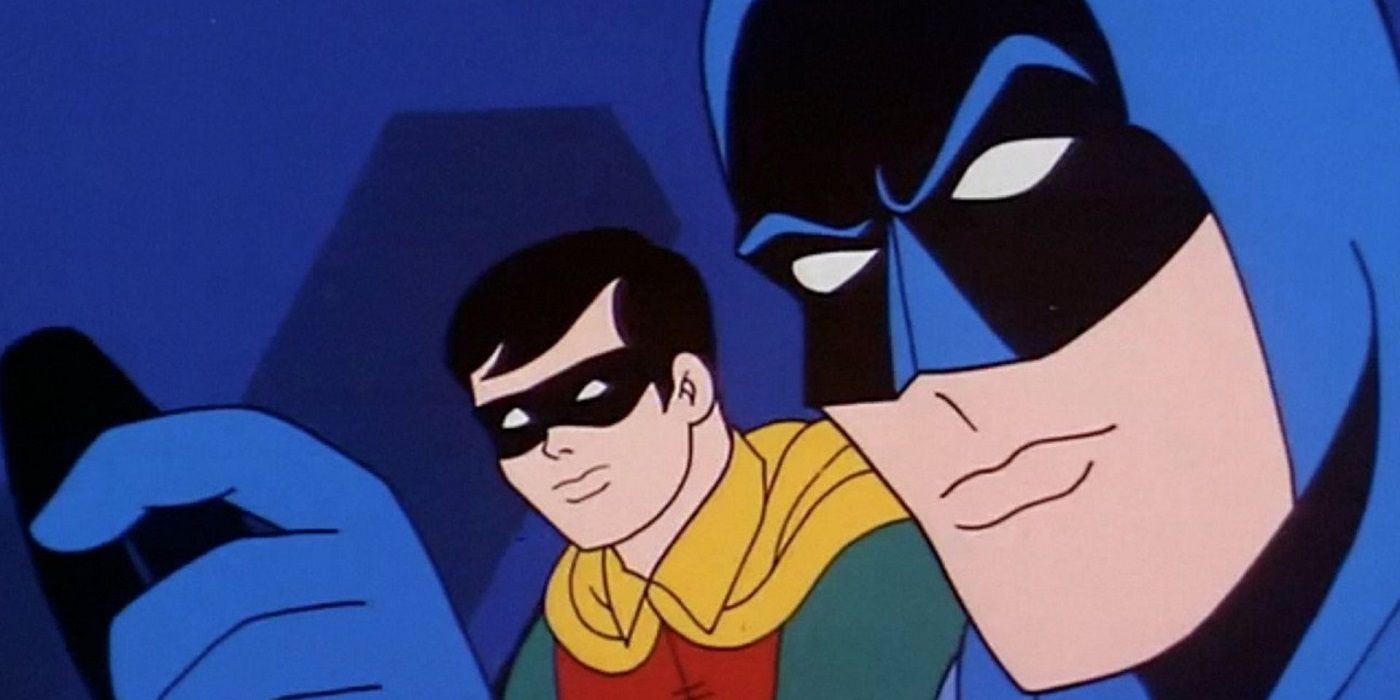
The Adventures of Batman marked the first official Batman animated series, packaged with a similar Superman series of cartoons before being rebranded as Batman with Robin the Boy Wonder. It was simplistic and designed with very young viewers in mind, but it helped to spawn the Super Friends franchise, and made fans out of an entire generation of kids. Olan Soule voiced the Caped Crusader, with Casey Kasem performing Robin; the pair continued to do so on one show or another well into the 1980s.
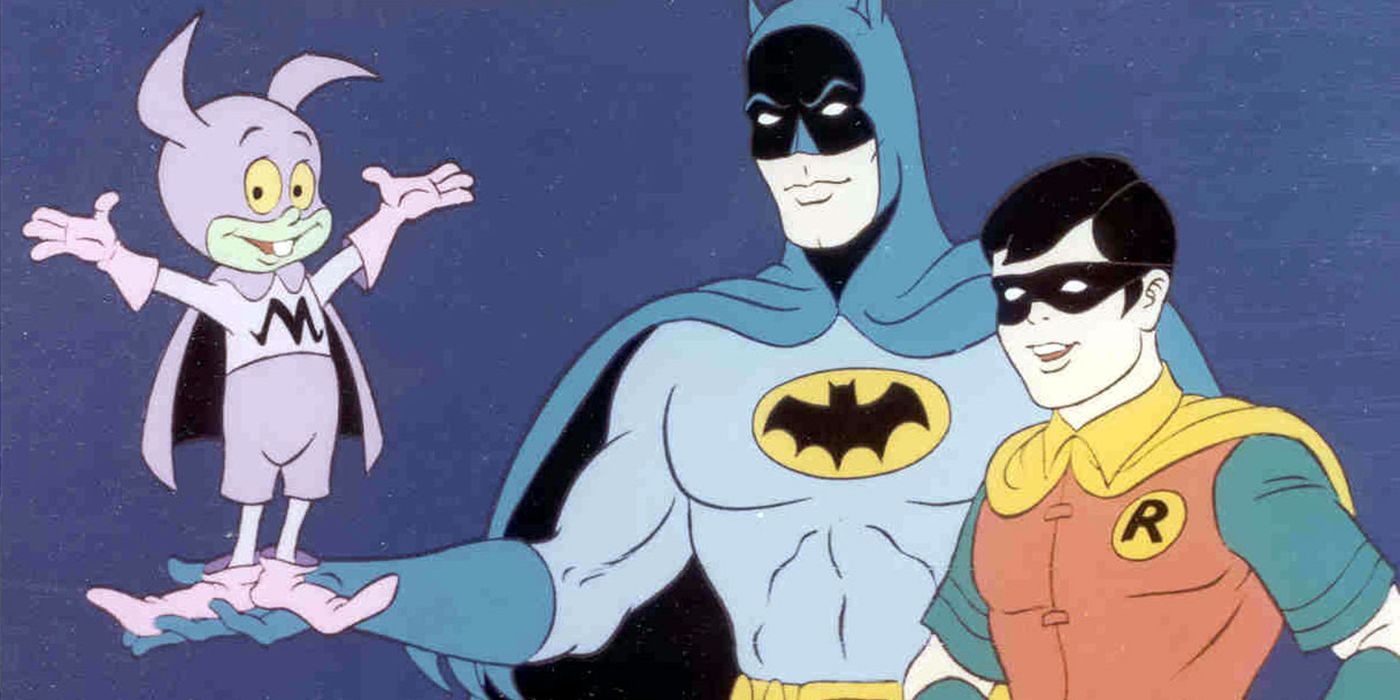
Adam West returned to the role that made him famous for one unfortunate season, replacing Soule and starring alongside Burt Ward who voiced Robin. That proved the show’s saving grace, for the pair brought much of their old chemistry back and the series’ colorful stories benefitted from their arch delivery. Unfortunately, the show also saddled them with Bat-Mite, an irritating gremlin who quickly soured the audience on the concept the same way Scrappy-Doo did on the Scooby-Doo shows. Batman remained largely the purveyance of team shows like The Superfriends for well over a decade afterwards.
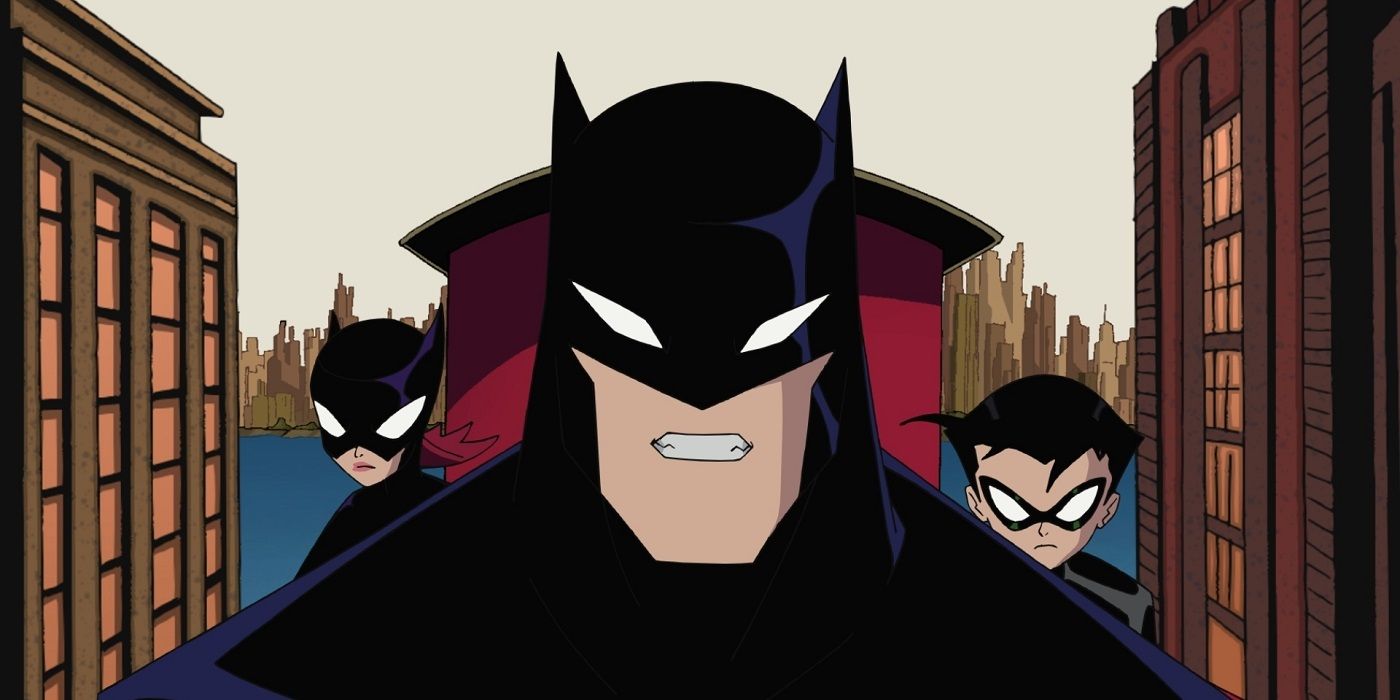
In 2004, the Diniverse Batman had been relegated to an ensemble member of Justice League, and the last solo Batman show had ended three years prior. The producers of The Batman had the daunting task of redefining the Caped Crusader in the face of what many considered his definitive embodiment. Considering the monumental task before them, they did quite well, with imaginative new versions of the classic characters and a younger Batman who felt different enough from Kevin Conroy’s iconic take to stand on his own. It conveyed the darkness and weird menace of Batman’s world in a way that was still family friendly. The first season even featured a terrific opening theme from The Edge, though sadly that didn't last. It couldn’t top The Animated Series, so it followed its own path, and was all the better for it.

If any Batman series in the Diniverse were going to fail, it was this one, positing a future cyberpunk Gotham and Conroy’s aging Bruce Wayne in dire need of a protégé to take up the mantle. Terry McGinnis, voiced by Will Friedle, adopted the guise of the Batman, and with Wayne as his reluctant guide he created a strong new chapter in the Batman saga. The blend of dystopian sci-fi and a varied new rogues gallery proved effective, and McGinnis soon distinguished himself as his own character, rather than a clone of Wayne or Dick Grayson.
RELATED: Batman Finds a Familiar Foe Aiming for Him in Fortnite
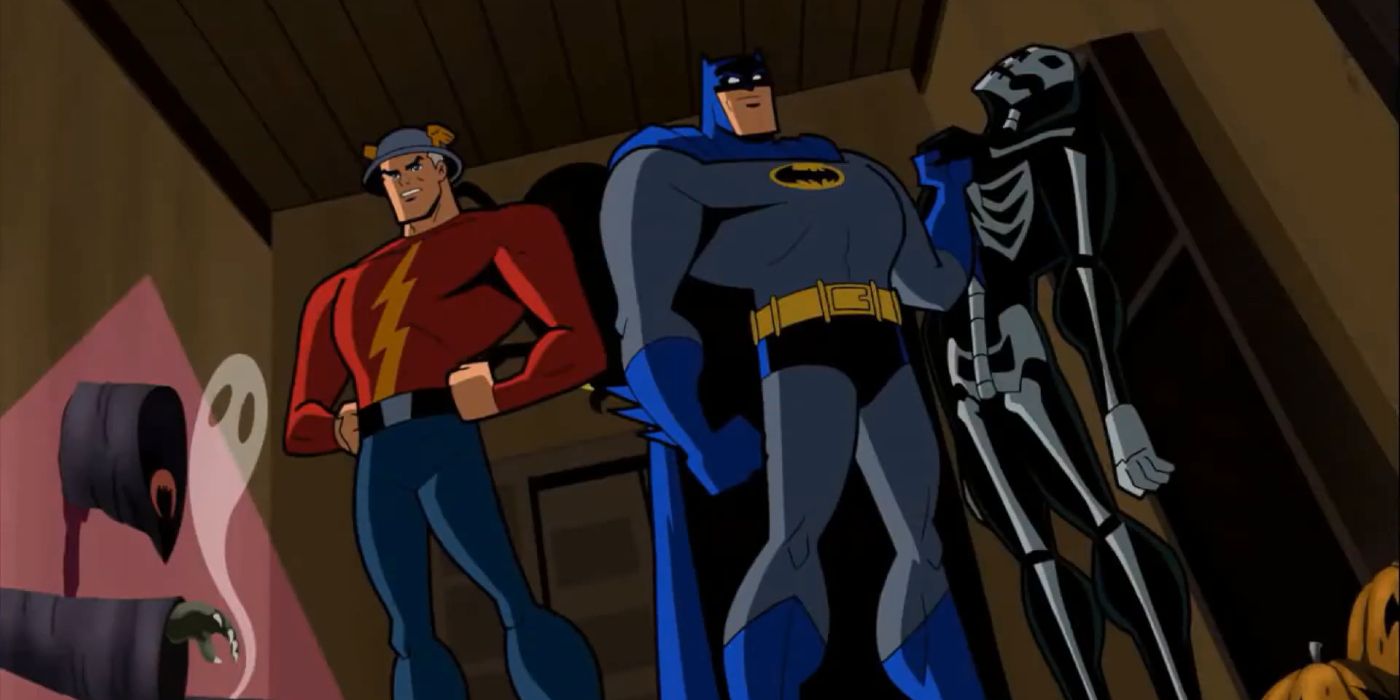
Batman: The Brave and the Bold caused a great deal of controversy among Bat-fans when it came out. Some were upset by its deliberately camp tone and overt appeal to kids. But even more than The Batman, it found its own voice in what its critics decried: creatively echoing the more outlandish '50s Batman adventures of Dick Sprang. Each episode of the series paired the Dark Knight with another hero, giving exposure to DC lesser-known figures as well as instant fan favorites like John DiMaggio’s Aquaman. Diedrich Bader, who voiced Batman throughout the series, returned to the role a second time in the very different Harley Quinn -- a sign of how strong his depiction was.
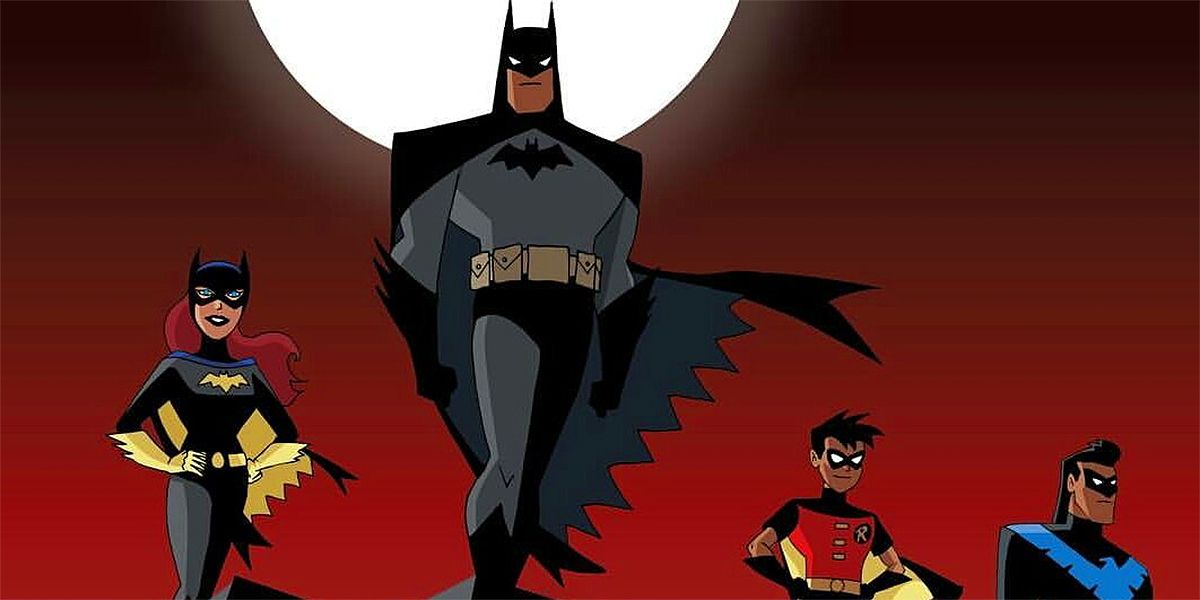
Technically, this entry belongs with Batman: The Animated Series, serving as a continuation of what would become known as the Diniverse. The characters were given redesigns, Dick Grayson became Nightwing, a new Robin arrived and Batman himself became darker and grimmer. But it was still the same first-rate storytelling as its progenitor -- exploring new boundaries to the character and ultimately leading to the Diniverse Justice League. Indeed, many of its stories took place with that in mind, including guest appearances from Superman and Brainiac. It also contained surprising developments among Batman’s rogues gallery, including Harley Quinn’s origin story in Season 1, Episode 24, “Mad Love,” and the rare reformation of a Batman villain in the oddly touching Season 1, Episode 4, “Double Talk.”
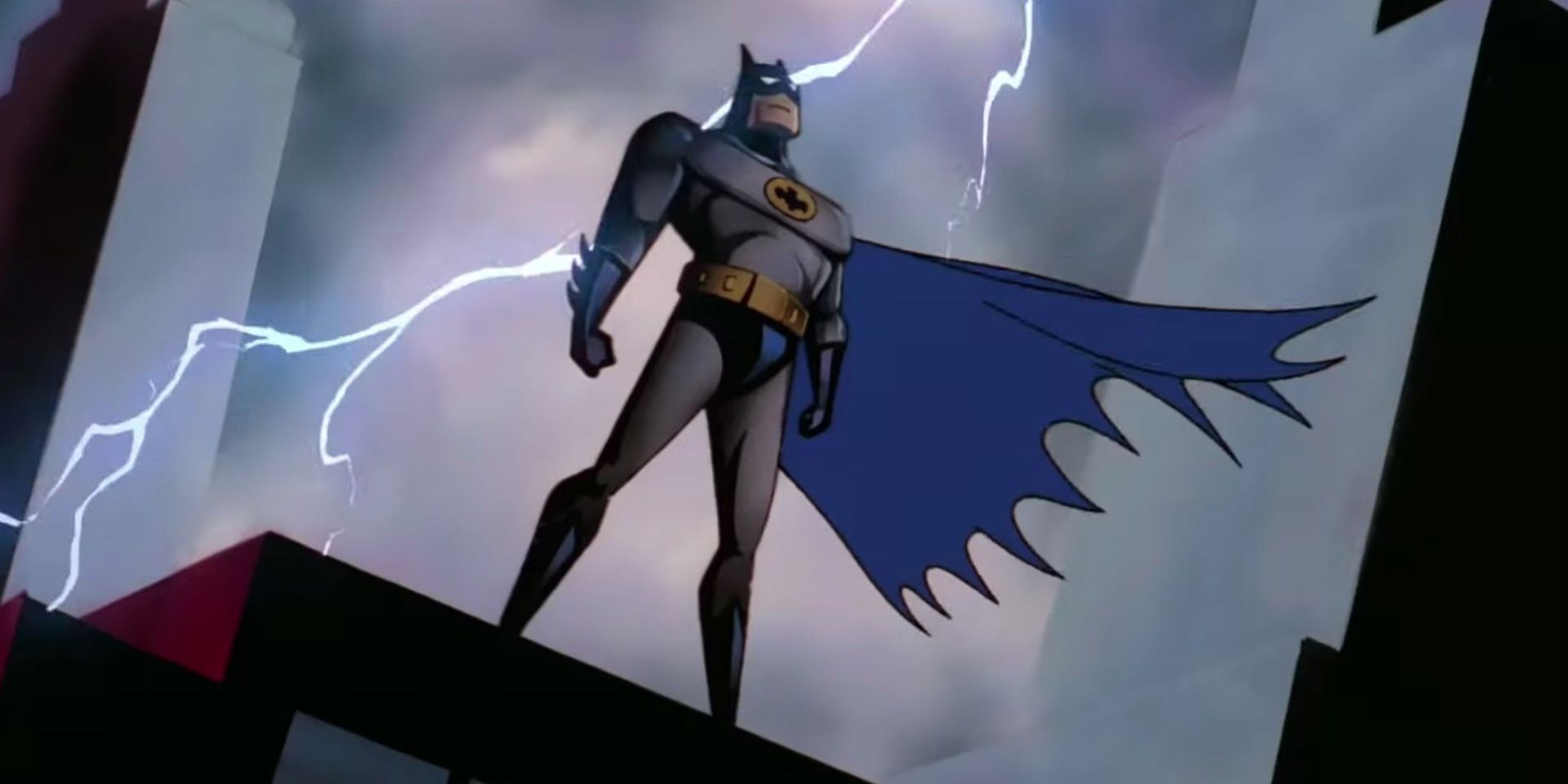
When it comes to animated series, there’s the groundbreaking Batman: The Animated Series, and then there’s everything else. It was proposed in the wake of Tim Burton’s Batman Returns, but quickly stood out with a singular vision of its own. It was heavily informed by Batman’s roots in 1940s noir, including several episodes based on era classics like Angels With Dirty Faces. It could handle both light episodes and dark, as well as a breathtakingly fleshed-out rogues gallery. Figures like Two-Face and Poison Ivy appeared outside the comics for the first time, and one of Batman’s greatest nemeses, Harley Quinn, was flat-out created on the show.
On top of it all was a singular cast of vocal talents, led by Kevin Conroy as the Caped Crusader and Mark Hamill as the Joker, whose takes on the characters remain definitive for a significant percentage of Bat-fans. With one or two other contenders, it ranks not only among the best animated superhero stories made, but the best superhero show of any sort. And none of it has aged a day, making it a perennial first among equals for animated Batman shows.
0 Comments